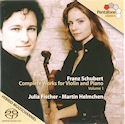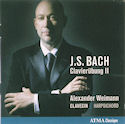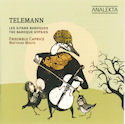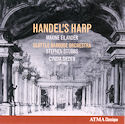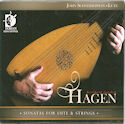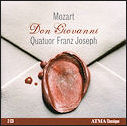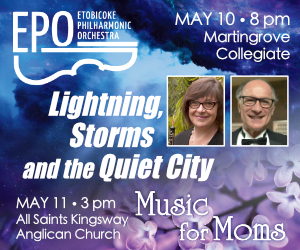Liszt; Rachmaninov - Sonatas - Nareh Arghamanyan
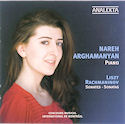 Liszt; Rachmaninov - Sonatas
Liszt; Rachmaninov - Sonatas
Nareh Arghamanyan
Analekta AN 2 8762
Many years back I was fortunate to see young a Martha Argerich in concert and I recall hardly being able to sleep that night. So when I first listened to this debut recording of 20 year old Armenian pianist Nareh Arghamanyan I had only one wish and that was to see her performing in person as I had hopes of a new divine Martha. Fast forward now to the miracle of the Internet.
I‘ve already enjoyed three of her video performances seeing how she becomes symbiotic with the music, swaying her girlish, fragile body. Her seemingly gentle hands produce titanic sounds without any of the mannerisms and showiness of some pianists of great commercial appeal I don’t want to mention.
Her latest achievement is winning the 1st prize (piano) of the prestigious Montreal International Music Competition in 2008, but she has been winning competitions since age 11. In fact Analekta is fortunate in securing this young lady at this time as I predict her fame will skyrocket and the big recording giants will be clamouring to get her.
Both of the sonatas she plays are murderously difficult, “alternately passionate, desperate, energetic and tender with hurricanes of octaves seething with raw energy” (Lucie Renaud). They are prime examples of the Romantic sonata invented by Liszt and furthered by Rachmaninov. The strict sonata form is replaced by an inner subliminal logic, of ebb and flow, but it must be kept in balance. This is something only the greatest pianists like Ms Arghamanyan with her God given gifts are capable of.


